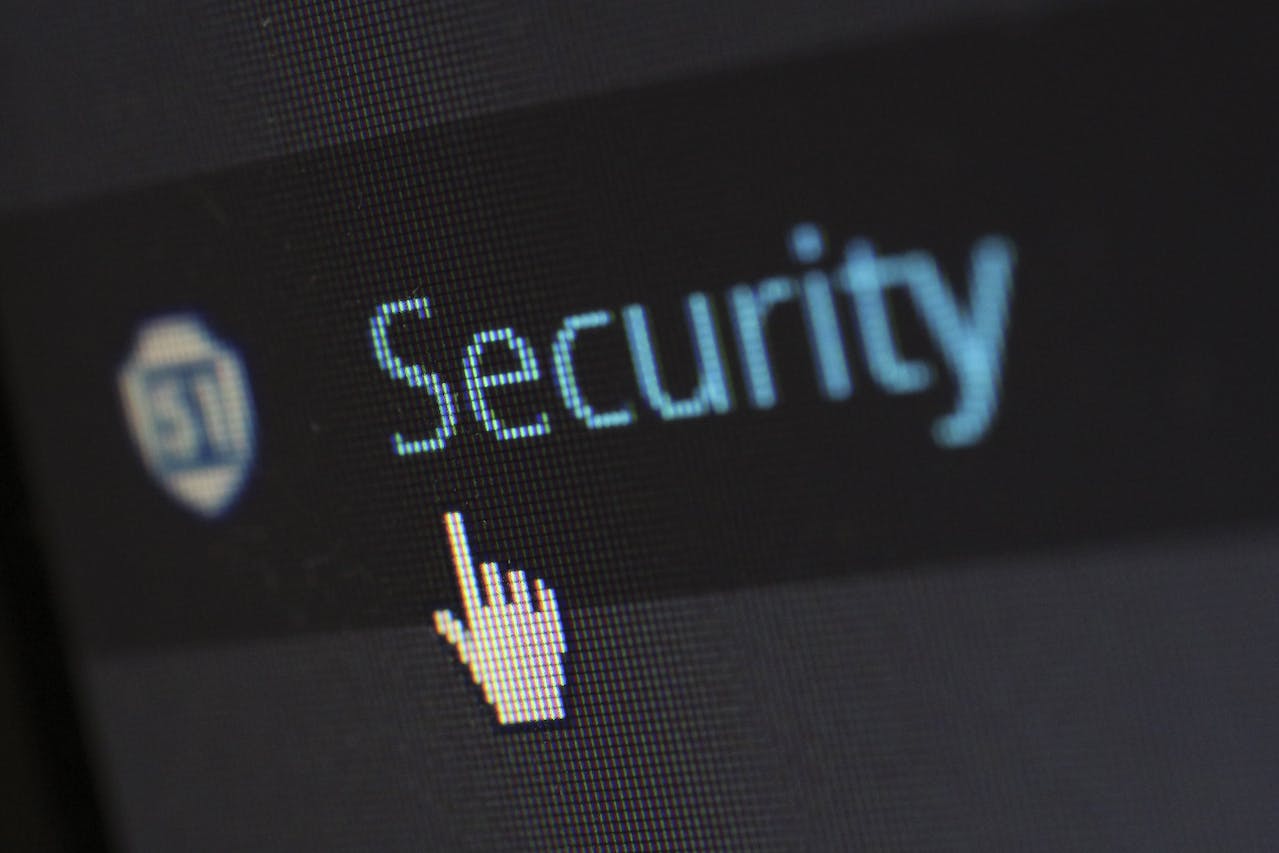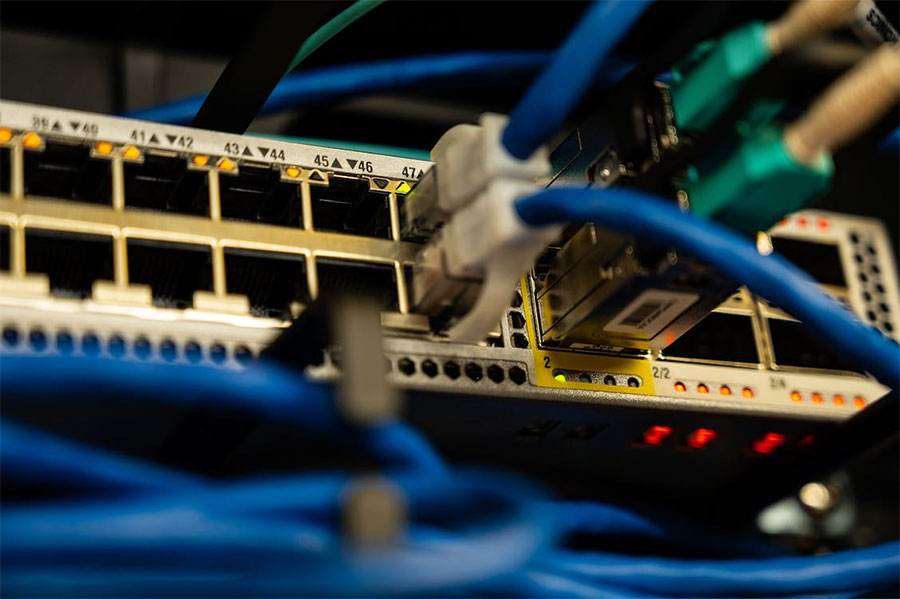Radio life has me doing many things, including a monthly feature called Ken On Tech on The KCLR Daily, KCLR’s mid-morning show presented by Brian Redmond and running 10am-1pm Monday to Friday. You can listen here.
Today (8 January) is the first feature of the year so I’ve gone to the studio armed with six tech tips for the new year, not explicitly related to radio or podcasting but definitely with much broader appeal and a little challenge to finish things off. These might save you money, save your sanity, and give you a little bit more freedom for the year ahead. Let’s dive in.
1. Audit your digital subscriptions
We’re a week into 2024 but when it comes to saving a few quid, any time is a good time to start looking. In terms of subscriptions, especially when it comes to Christmas, there can be a lot of trial signups that lead to ongoing subscriptions, even more so with mobile apps these days that start with a “free trial” that you need to cancel a few days before the billing starts. If you’ve got Amazon Prime, Disney, Paramount+, Netflix and Spotify then you’re potentially shelling out €50-60 a month. Got a PS5 or Xbox with online subscriptions but you’re not gaming online? That could cost you another €150 a year.
And to bring it back to radio and podcasting, are you paying for podcast hosting or memberships that you’re not using, is there room to let them go? Did you know that using services like Press Reader if you’re a member of your local library could net your newspapers and magazines for free?
Make a list of all the digital subscriptions you’ve got and you’ll be surprised how quickly they can add up.
2. Update your passwords
I’m a stickler for this, especially in the work setting but when it comes to critical accounts like email or banking, social media etc. I’ll look to change passwords often and I’ll use a password manager like 1Password to help generate and store complex passwords. We’re well past the stage in life of using the same password for everything but if you’re still in that boat, I would implore you to start making changes and updates. Biometrics can be handy as well, if you’ve got finger print access or facial recognition for a mobile device, they can add a layer of security without the need to remember complex passwords.
3. Implement 2FA/MFA everywhere you go
From a work point of view, this is a must, and if you’re reading this in a position where you manage password or access control, especially for email services, then you really should have 2FA/MFA involved. If you’re unfamiliar with the acronyms, they 2FA stands for ‘two-form authentication’ while MFA stands for ‘multi-factor authentication’. 2FA is a security system that requires two separate, distinct forms of identification to access something (think your standard password, plus a one-time password). MFA requires at least two or more forms of identification (think your standard password, plus a one-time password, plus finger print).
Google and Microsoft provide authenticator apps for Android and iOS devices. The catch, of course, is that if you use a code generator on your mobile device it means you need your mobile device available in order to access the service you want. That might prove difficult if you’re trying to log into your email on someone else’s computer (as an example) but your phone is dead or you’ve left it behind you. Still, the extra layer of security can save a lot of headaches.
4. Clean up your inbox
A cluttered inbox can be overwhelming and if you saw the state of my work account yesterday after a few weeks away it would give you chills. I’ve seen worse, mind, having serviced inboxes with a hefty five to six figures worth of emails left unread, no organisation and unread notices on all devices. You don’t need the hassle or anxiety it can bring so if you’ve got a busy inbox, set aside some time this week to clean it all out.
Services, like unroll.me (the EU might have a flag on the play for this one), can help unsubscribe from unnecessary newsletters and promotional emails. Email services like Outlook, Gmail etc. provide an infinite amount of rules and tools to help you categorise emails, ship them off to folders, label them and make your inbox more manageable.
You could also take my approach – get to a point in the year where you just hit ‘select all’ and ‘move to archive’. If it’s important, it will come back. If you don’t need it and haven’t looked in your archive, trash it. A clean inbox is like a clean desk or a freshly-made bed, a thing of beauty.
5. Review privacy settings in apps
With frequent updates to social media platforms, especially in an Irish setting thanks to the introduction of GDPR in recent years, it’s worth reviewing privacy settings regularly to ensure the platform’s settings are still in line with your own preferences.
We’ve seen changes to services from Meta (Facebook, Instagram, WhatsApp), X (formerly Twitter), TikTok and more in recent months about how personal information is being used or garnered through continued use of the service. If you’ve got a lot of historical content on Facebook, for example, did you know that they provide an option to restrict all previous posts to just you, or your friends, and take them (generally) out of the public view? Even that alone might be a good place to start.
6. Educate yourself on phishing scams and online security
Working in the radio space it’s very easy for me to say this – don’t become the focus of one of our news stories, especially if it has to do with scams or security. Week-in, week-out, we hear of stories popping up in the news or those that have been reported to local Gardaí where someone has been duped out hundreds or thousands of Euro off the back of taking a fake support call from someone purporting to be Microsoft or Google, or even their bank. It could be a call, it could be an email that looks authentic but is leading you down a path where you may end up giving up personal information and security information like passwords, banking codes etc. Once that information is in the hands of a bad actor, anything could happen and sometimes the worst does.
Microsoft have some handy tips here on how to spot a phishing email that are well worth a read if you’re unfamiliar with them.
7. Take a digital detox
Last one for this month, if you’ve found yourself doom-scrolling over the Christmas break or you can’t get through an episode of something from your soon-to-be-cancelled streaming TV provider without your phone in your hand, maybe it’s time for a digital detox.
Consider limiting your social media use in the evening and at weekends. Stop oversharing. Be more mindful of your screen time and start engaging in more offline activities like working your way through that pile of books beside your bed since Christmas 2021, spending more time with the family, or go for a meal without your phone. A little less screen time and a little more peace of mind in 2024 isn’t such a bad thing – if nothing else, it’s good for the soul!
Got your own tips to share? Email ken@kenmcguire.ie and catch the Ken On Tech segment on The KCLR Daily on the first Tuesday of every month.


